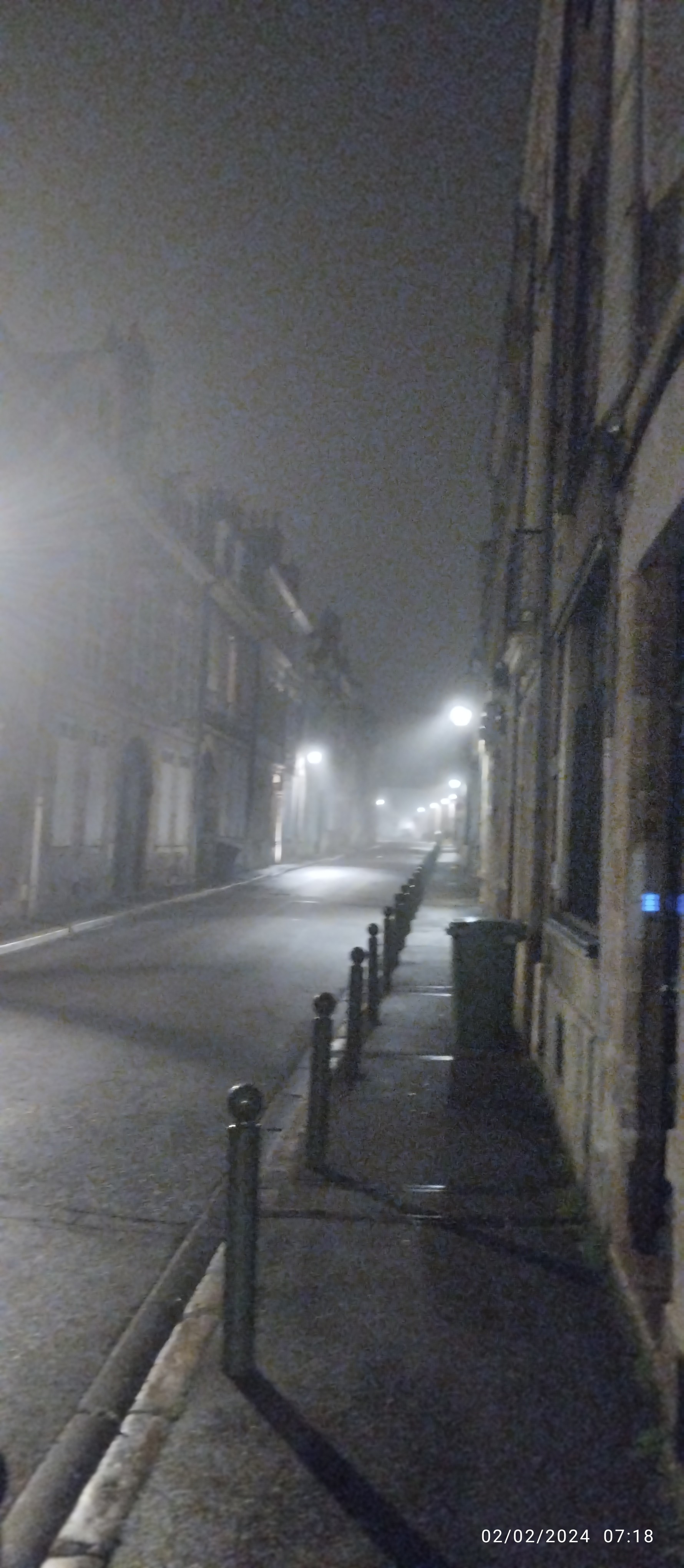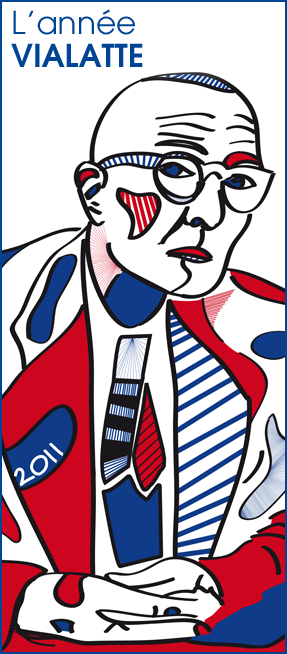|
Contre la sécheresse, Barcelone troque les cargos de ravitaillement en eau
pour des usines de dessalement flottantes
-
Le gouvernement catalan a annoncé le lancement d’une unité au large de la
capitale régionale et de treize dessalinisateurs mobiles pour
approvisionner la C...
Il y a 6 heures











Aucun commentaire:
Enregistrer un commentaire